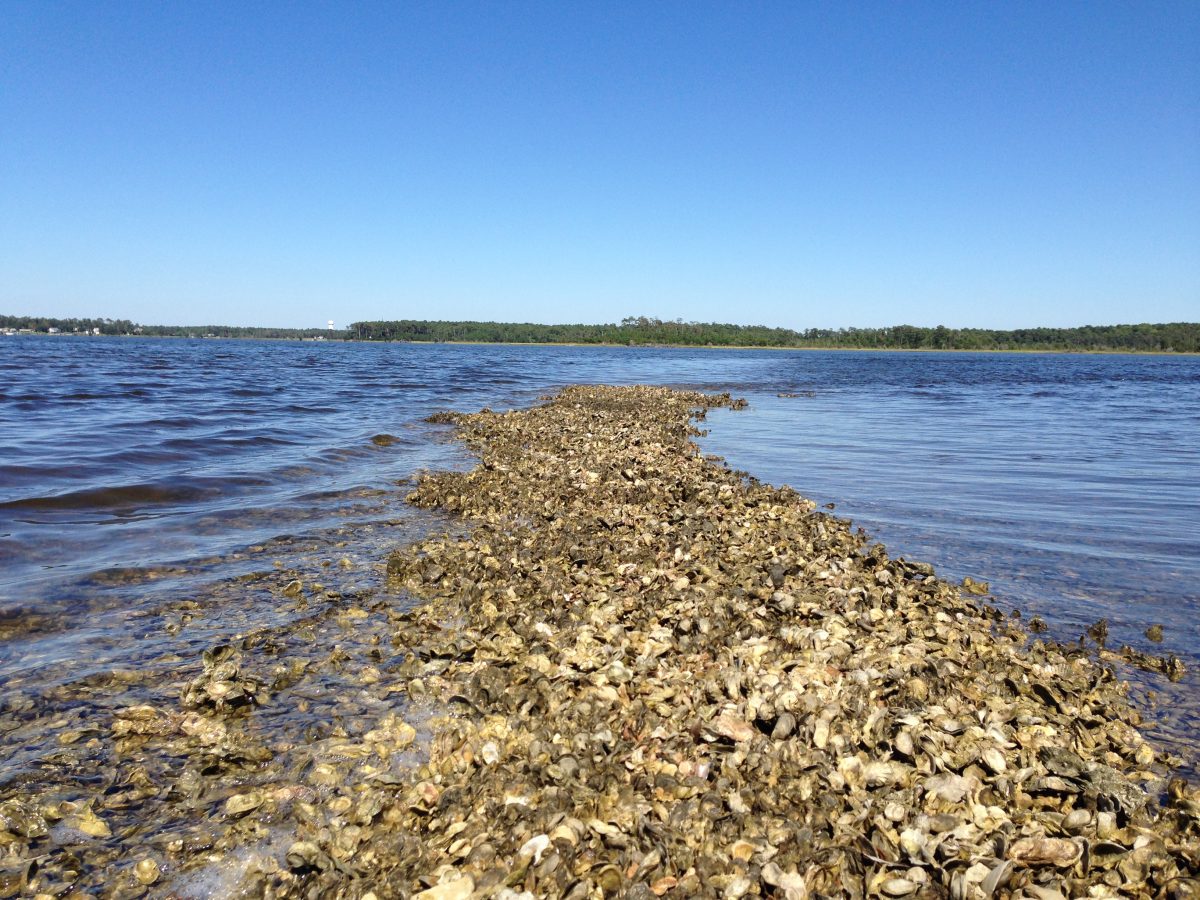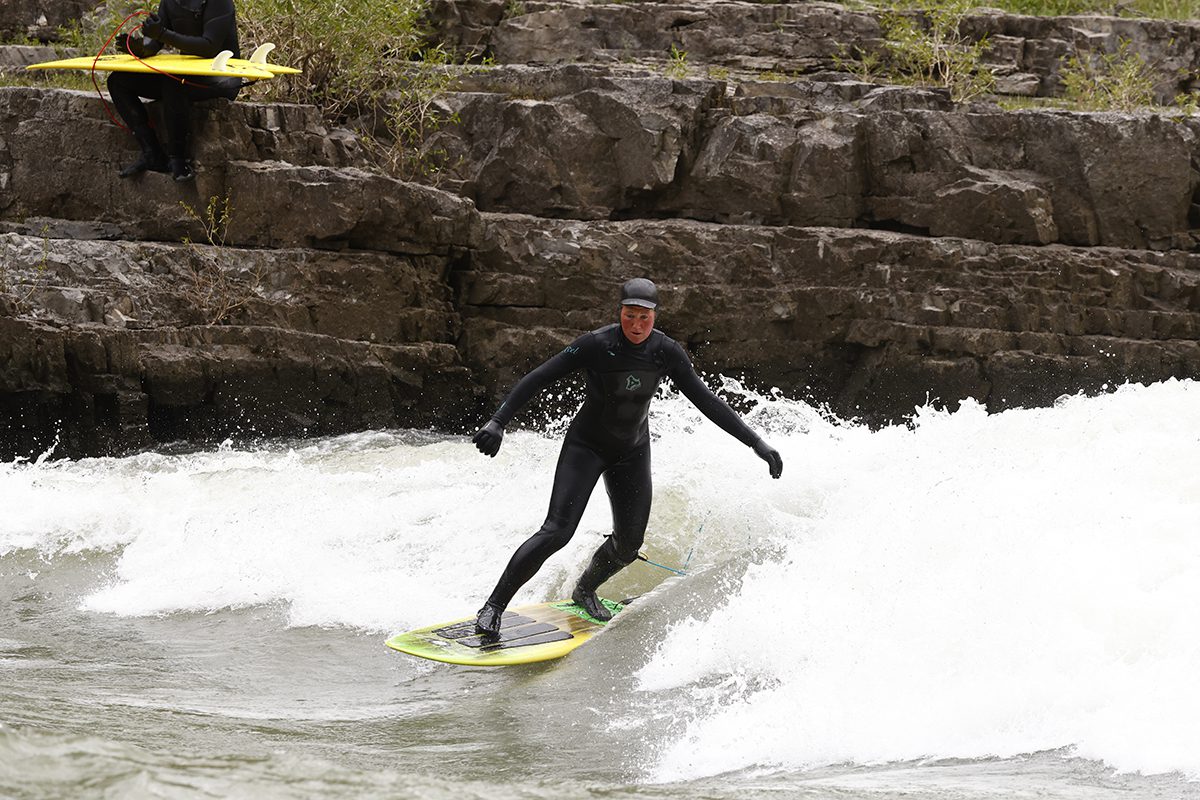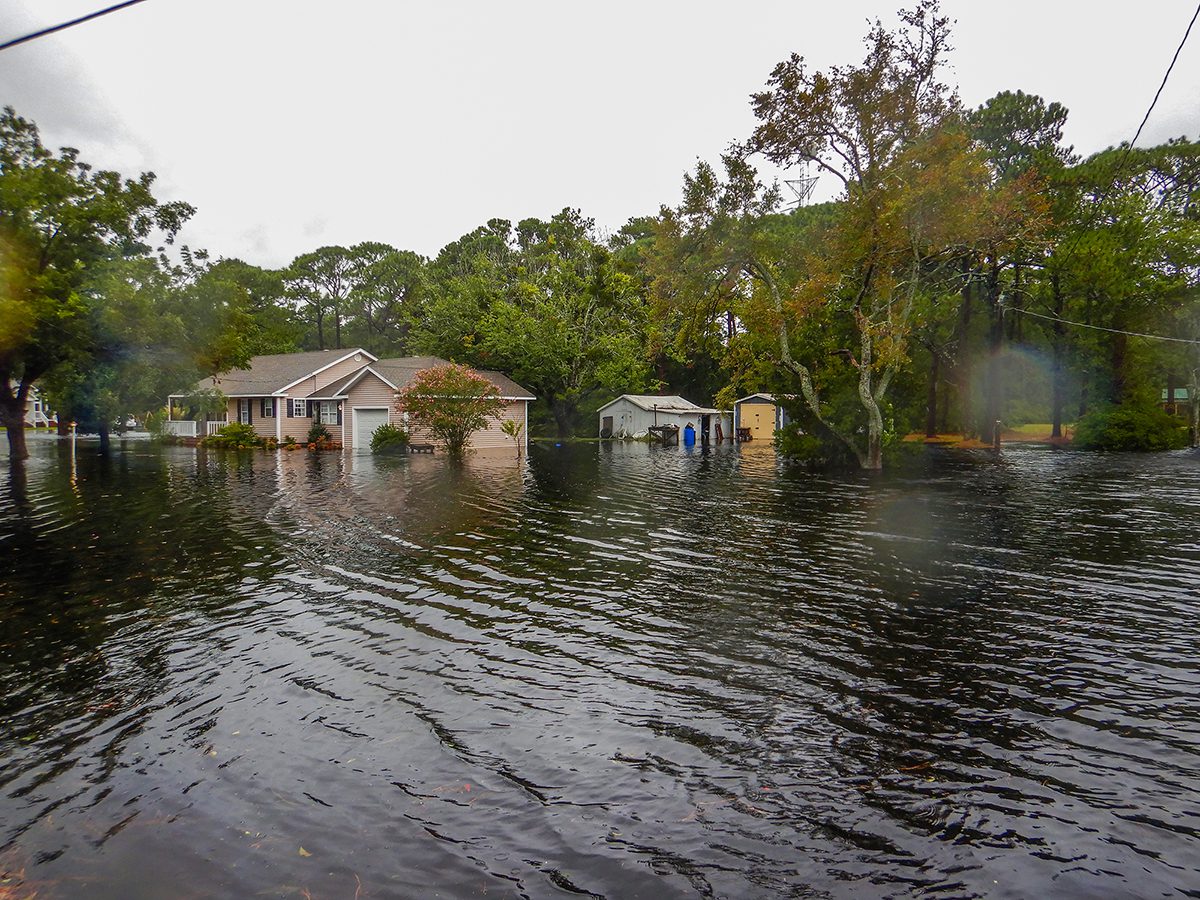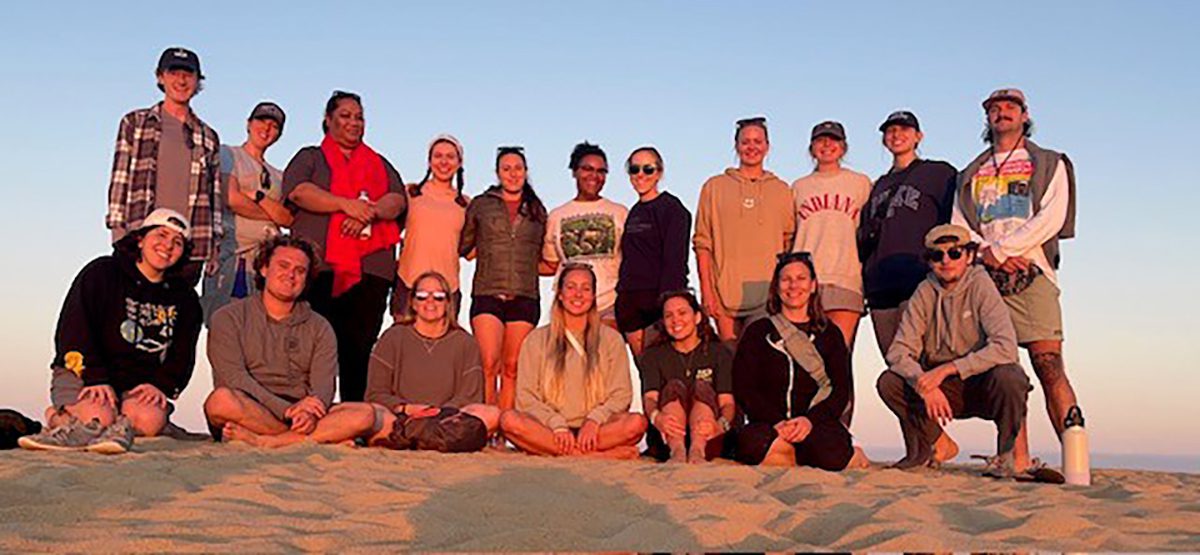
The 2021 amendment to the Coastal Habitat Protection Plan has been approved, and the new official state recommendations to improve water quality and habitat can now be put into place.
In unanimous decisions, the Coastal Resources Commission voted Nov. 10, the Environmental Management Commission Thursday and the Marine Fisheries Commission Friday. All three commissions’ approval was required for the amendment to be adopted.
Sponsor Spotlight
The 2021 amendment recommends five priorities: protecting submerged aquatic vegetation and wetlands, abiding by environmental rules, wastewater infrastructure solutions to improve water quality, and habitat mapping.
“We are very pleased that we received unanimous support for the document from all three commissions. I think that is a definite reflection on the amount of work that all involved put into the amendment,” Jimmy Johnson, coastal habitats coordinator with the Albemarle-Pamlico National Estuarine Partnership and Coastal Habitat Protection Plan Steering Committee member, told Coastal Review Friday following the Marine Fisheries Commission meeting.
The three commissions first approved the Coastal Habitat Protection Plan in 2004. It was developed to improve and restore coastal fisheries through habitat protection and enhancement. The plan is usually revised every five years to reflect changes in the status of habitat protection in the state. The CHPP Steering Committee opted to draft an amendment to the 2016 plan rather than rewrite the entire document to streamline the process. The amendment was made available for public comment earlier this year.
Now that the amendment is approved, the next step is a 30-day review by NCDEQ, followed by another monthlong review by the Joint Legislative Commission on Government Operations.
Sponsor Spotlight
“If we receive no comments or requests for changes, the amendment will be deemed approved. The CHPP Team and CHPP Steering Committee will continue to meet in 2022 to keep track of implementation regarding the recommendations,” Johnson said.
Division of Marine Fisheries Habitat Program Manager Anne Deaton told Coastal Review that because the amendment includes recommended actions, “We can begin implementation immediately upon final approval and we are really looking forward to that.”
Johnson told the Marine Fisheries Commission Friday that most public comments received were supportive. Public comment received by email included petitions from Audubon North Carolina and the North Carolina Conservation network totaling 1,257 signatures. There were 33 letters supporting the plan and implementation and 17 letters in support of a public-private partnership. Other public comment focused on edits to recommendations and texts. Close to 20 environmental organizations also contributed input. Johnson said while there were some concerns, the organizations felt positively of the CHPP amendment.
Deaton told the commission that the CHPP steering committee met Oct. 27 after the Sept. 21-Oct. 21 public comment period closed. After reviewing input from organizations and stakeholders, the committee decided to modify four actions related to the Submerged Aquatic Vegetation Protection and Restoration Through Water Quality Improvement priority issue. The committee also made an additional recommendation to form a public/private partnership. All of these changes are in the draft of the amendment most recently presented to and approved by the three commissions.
The modifications include broadening protentional funding sources for SAV monitoring and management and adding the directive to form a workgroup that would increase best management practices to improve water quality within SAV waterbody regions. Two other recommended actions were updated with a few minor edits for clarification.
Regarding the additional recommendation added, Deaton reiterated Johnson’s earlier comments that there was a great deal of input from the advisory committees and public pushing for a public-private partnership, and the CHPP steering committee agreed.
The new recommendation reads, “By 2022, DEQ will support the formation of a public-private partnership that will engage a diverse group of stakeholders to assist in developing, implementing, and securing decision-maker support and funding for measures in this 2021 CHPP amendment that protect and restore water quality.”
Deaton said that the concept with this new recommendation was to broaden support, having more people involved will help accomplish more, it can broaden funding opportunities and more collaboration.
“By bringing in stakeholders from the beginning, we can discuss better any obstacles in making those accomplishments happen,” she said.
The amendment also includes Appendix A, early public comment submitted by an independent stakeholder workgroup led by the North Carolina Coastal Federation and The Pew Charitable Trusts, and Appendix C that consists of written public comments.
Todd Miller, executive director for the federation, told Coastal Review Friday that he was pleased the amendment was unanimously approved, adding that “now the work begins.”
Leda Cunningham, an officer with Pew’s Conserving Marine Life in the U.S. project, said in a statement, “Pew commends all who worked on the CHPP for maintaining momentum and focus while undertaking this ambitious task with a wide range of contributors.”
Since the approval of the 2016 Coastal Habitat Protection Plan, implementation has focused on restoring oyster reef habitat, encouraging the use of living shorelines, reducing sedimentation impacts in estuarine creeks and developing metrics on habitat trends and management effectiveness, according to the 2021 amendment. “Although new priority issues were selected for the 2021 CHPP Amendment, the 2016 issues remain a continuing priority.”
The 2016 plan is made up of two documents: the CHPP source document and the CHPP Summary, or the “CHPPlet.” The source document includes issue papers, which are summaries on addressing research areas, on priority issues from 2016 including restoring oyster reef habitat, encouraging use of living shorelines, reducing sedimentation impacts in estuarine creeks, and developing metrics on habitat trends and management effectiveness. The issue papers include specific recommended actions that replace the need for a separate implementation plan.
The protection plan team that worked on the 2021 amendment includes staff from the Division of Marine Fisheries, Division of Coastal Management, Division of Water Resources and Division of Energy, Minerals, and Land Resources. Albemarle-Pamlico National Estuarine Partnership, Wildlife Resource Commission, Division of Energy, Mineral and Land Resources, Division of Mitigation Services, and Soil and Water Conservation District have also participated.







